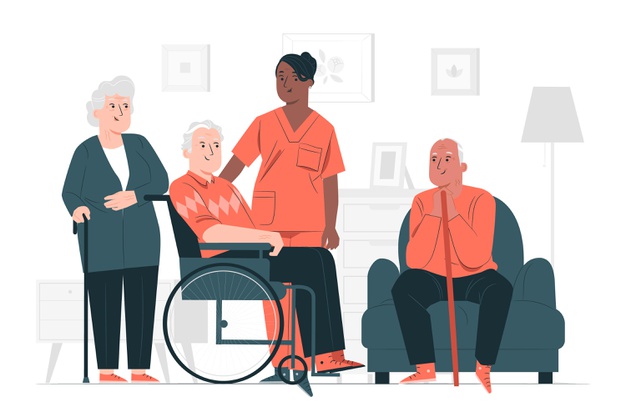
All Canadian employers should assume at least one employee will test positive for the coronavirus, said Dr. Wendy Smeltzer, medical director at virtual health-care company Wello, during a webinar this week.
“We all have to brace for this new normal and we all have to brace for the moment when every [business] will have at least one person test positive in their organization. So we just have to be prepared for that situation and know that public health will guide us accordingly.”
If an employee tests positive, public health will be involved and employers should follow the government’s advice and guidance, said Smeltzer. As the coronavirus crisis continues in Canada, and around the world, she recommended that employers seek out accurate and timely information from regional, provincial and federal government and public health websites.
“The internet right now has a lot of misinformation that can get circulated. . . . In Canada, one of our best resources is Canada.ca. All our provincial agencies have excellent resources, so each province should be your source of truth. Whatever province you’re in, they will guide you.”
For employers with operations and employees outside of Canada, the World Health Organization provides accurate information on the global situation, while the Centers for Disease Control and Prevention is a good source for up-to-date American information, recommended Smeltzer.
Here in Canada, Prime Minister Justin Trudeau said during a press conference on Wednesday that anyone that can work at home should do so. Maria Prairie, chief operating officer at Wello, gave the same advice during the webinar, saying all employers and employees should do everything they can to “flatten the curve.”
Beyond being good corporate citizens, employers must follow all applicable federal and provincial occupational health and safety legislation, she added. And, if they haven’t already done so, organizations that operate in multiple provinces should immediately get up to date on the situation and legislation in each region where they have employees, she added.
“I think the most basic thing to understand here is occupational health and safety standards really dictate that employers have a duty of care, and that duty of care [means employers] protecting their employees and doing their absolute best, as reasonable in any circumstance, to ensure the health and safety on their team.”
For organizations with employees currently outside of Canada, the federal government may help repatriate employees who are Canadian citizens or permanent residents. Not all employees can, or will, be returning to Canada, so employers should ensure those employee staying outside of Canada follow the guidelines of the country they’re in. For example, if an employee is currently in Italy they might have to stay. Whether employees are working remotely from their home in London, England, or London, Ont., there are many strategies employers can use to keep things on track.
“I’m working remotely and just as productive as I am in my office,” said Prairie. “In my career, I’ve managed many remote teams and I think communication is the thing that’s going to make the difference. Certainly, we’re overcommunicating today. . . . We tend to do everything through video as that helps have a personal feel, but it goes back to managing overall [by] setting clear guidelines and clear timelines, [as well as] leaving room for questions and clarifications.”
While there’s been a lot of talk about remote working, many employees don’t have that option. In workplaces where employees who must go to work, employers should provide the space for social distancing, increase cleaning practices and ensure everyone is washing their hands frequently, said Prairie.
In addition, she noted provincial public health organizations are in charge of test kits and who gets tested, so they’ll know and be involved if an employee tests positive for the coronavirus. Public health would likely look for close contacts of an infected employee and also order intensive cleaning of any workplace where that person had been, added Smeltzer. While a complete shutdown of an office or other workplace would be very unlikely, she advised employers to work work with public health organizations and defer to their advice if an employee tests positive.
Since the influenza pandemic of 1918 was the last time the world dealt with a health crisis on this scale, noted Smeltzer, these are “unprecedented times” and things are changing hourly, not daily, so employers must keep informed of what’s happening in the regions where they have employees. All of this uncertainty is also putting workers on edge and organizations should check in on their mental health in addition to their physical health.
“We’re going out of our way to communicate with our teams, to reassure, to communicate what steps we are taking to reduce risks both to them and to our organization,” said Prairie. “Just be there to listen as leaders, as well, and sit back and listen, and hear sometimes the things that are not said so that you can reach out to an individual you think may be concerned [or] worried and just chat and make sure they continue to stay connected with you.”



